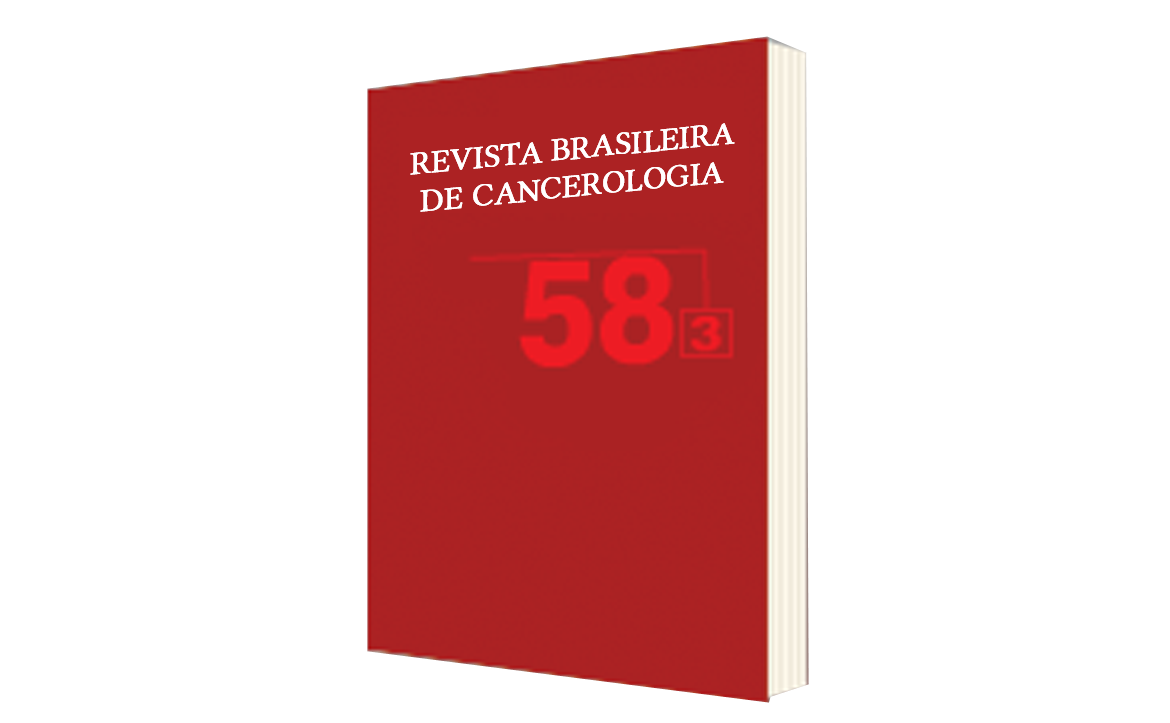Differences in Treatment Patterns and Epidemiological Characteristics between Elderly and Adult Patients with Cervical Cancer
DOI:
https://doi.org/10.32635/2176-9745.RBC.2012v58n3.608Keywords:
Uterine Cervical Neoplasms/therapy, Health Profile, Aged, Retrospective Studies, Epidemiology, DescriptiveAbstract
Introduction: Advanced age is associated with lower rates of survival and is a major factor for selection of cancer treatment. Objectives: To evaluate the epidemiological characteristics and differences between treatments performed in elderly women (aged 60 years or older) with cervical cancer compared with those relating to adult patients, aged under 60 years. Method: Retrospective and descriptive study in which medical records of patients diagnosed with cervical cancer between 1999 and 2010 were analyzed. The records were separated into two groups: elderly, aged 60 years or older, and adults under 60 years. The data collected were saved in Microsoft Office Excel 2003 spreadsheets. The clinical and epidemiological characteristics collected were compared using chi-squared test. The p value considered as significant was less than 0.05. Results: Among 67 elderly patients (40.12%) and 100 adults (59.88%), there was a higher incidence of advanced tumors IIB and III in the elderly, while the initial stages in situ, IB and IIA, were more common between adults (p<0.05). The adults staged in IB, IIA and III were more subjected to surgical procedures, radiotherapy and chemotherapy, while in the elderly the most common treatment was radiotherapy alone (p<0.05). Conclusion: This analysis shows the relevance of cervical cancer in older women, with regard to high frequency, more advanced stages at diagnosis and less aggressive treatment strategies. The data alerts to the need of screening programs and clinical studies directed to this population group.









